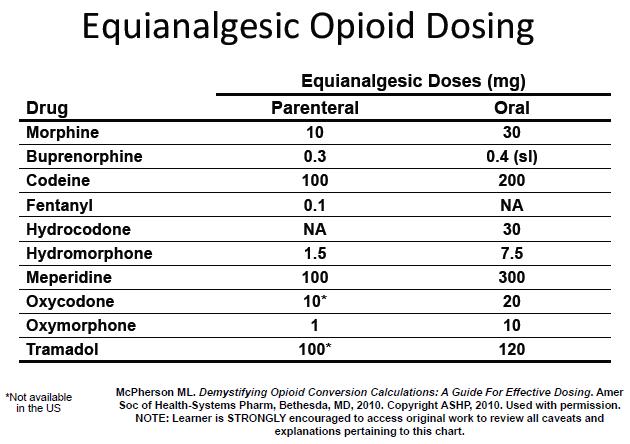The gist: Midaz at any point reduces PONV by up to 40%!
BACKGROUND: Research has shown that high-risk surgical patients benefit from a multimodal therapeutic approach to prevent postoperative nausea and vomiting (PONV). Our group sought to investigate the effect of administering IV midazolam on PONV.
METHODS: This meta-analysis included 12 randomized controlled trials (n = 841) of adults undergoing a variety of surgical procedures that investigated the effect of both preoperative and intraoperative IV midazolam on PONV in patients undergoing general anesthesia.
RESULTS: Administration of IV midazolam was associated with significantly reduced PONV (risk ratio [RR] = 0.55; 95% confidence interval [CI], 0.43–0.70), nausea (RR = 0.62; 95% CI, 0.40–0.94), vomiting (RR = 0.61; 95% CI, 0.45–0.82), and rescue antiemetic administration (RR = 0.49; 95% CI, 0.37–0.65) within 24 hours. Individual subgroup analyses of trials excluding the use of thiopental for induction, trials of either female sex or high-risk surgery, trials involving nitrous oxide maintenance, and trials using midazolam in combination with known antiemetics all yielded similar reductions in PONV end points within 24 hours of surgery.
CONCLUSIONS: Administration of preoperative or intraoperative IV midazolam is associated with a significant decrease in overall PONV, nausea, vomiting, and rescue antiemetic use. Providers may consider the administration of IV midazolam as part of a multimodal approach in preventing PONV.

